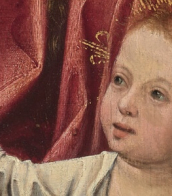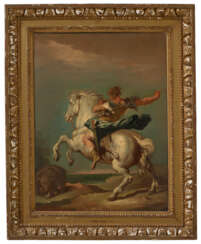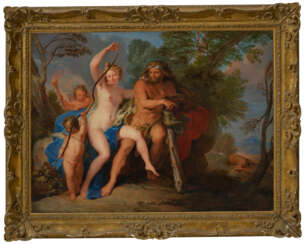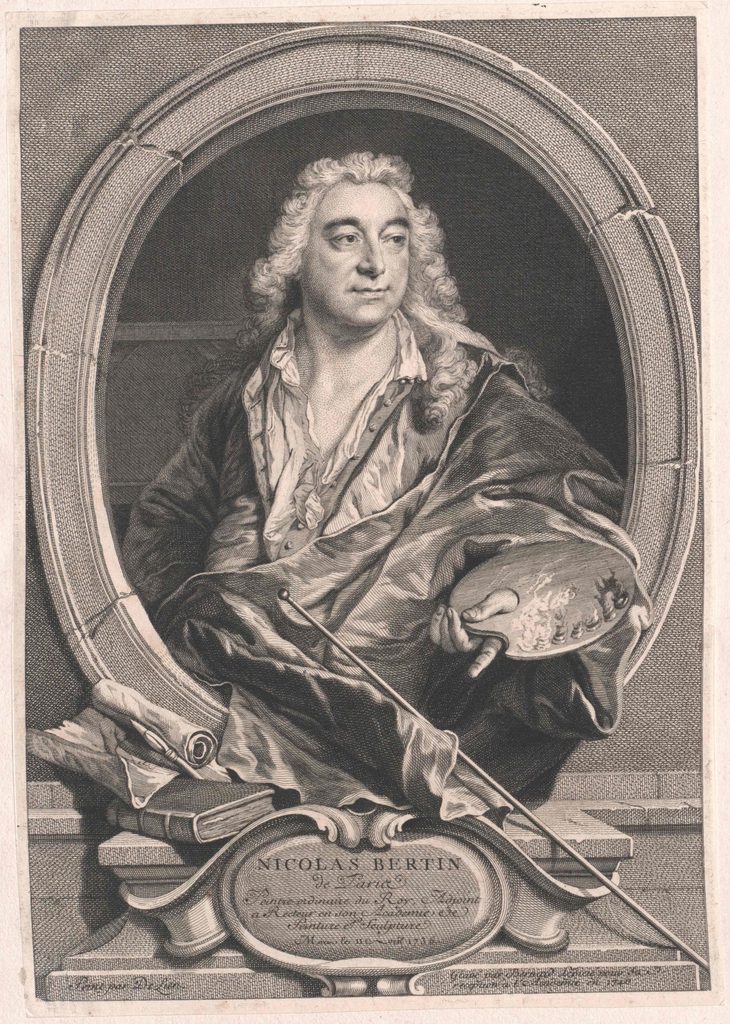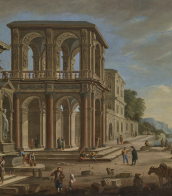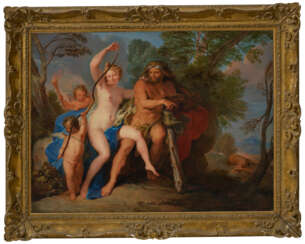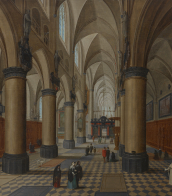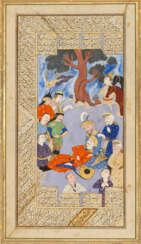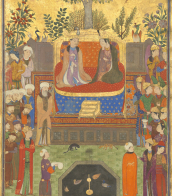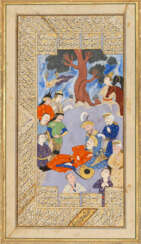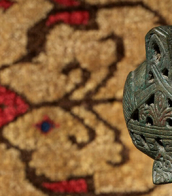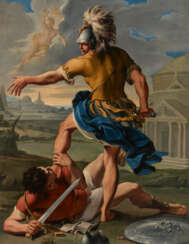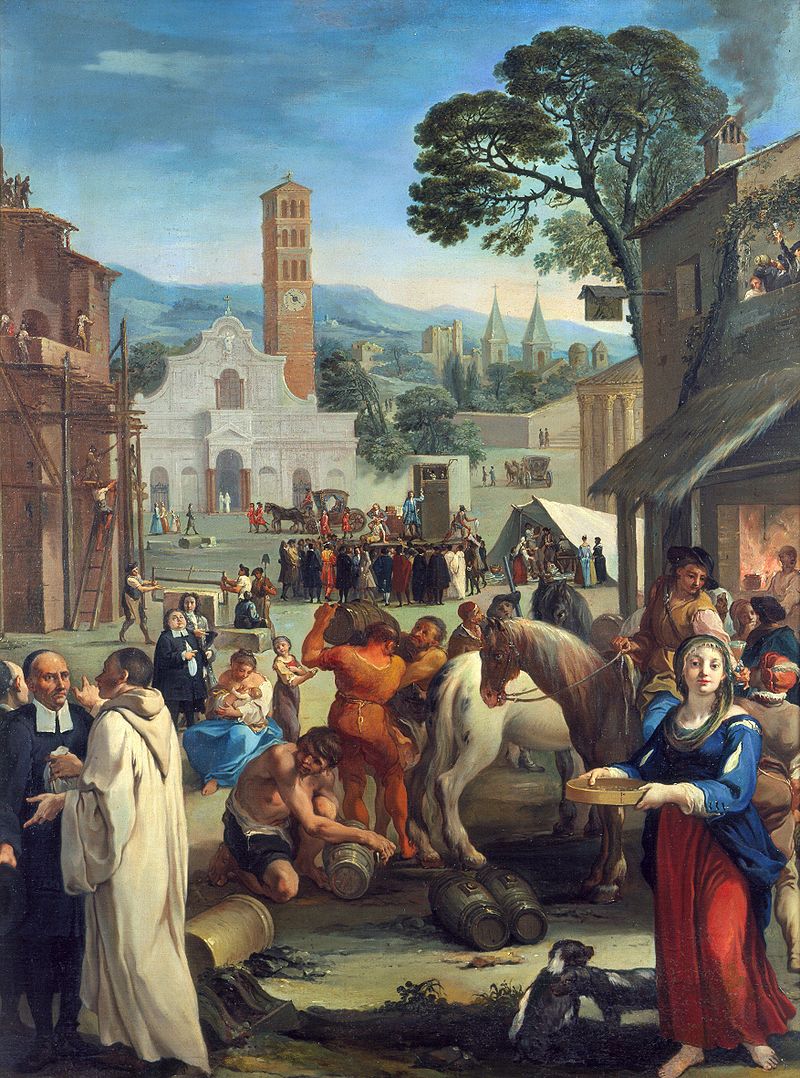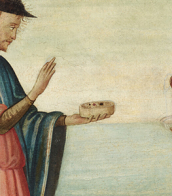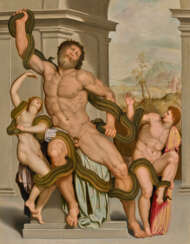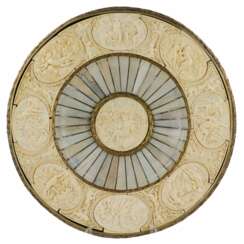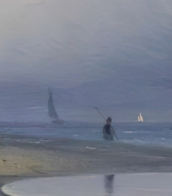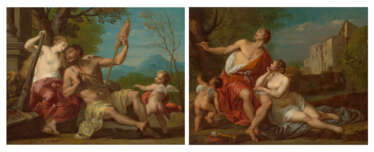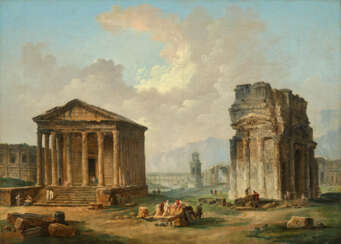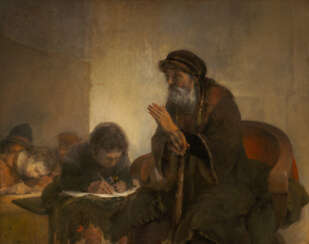мифологические истории
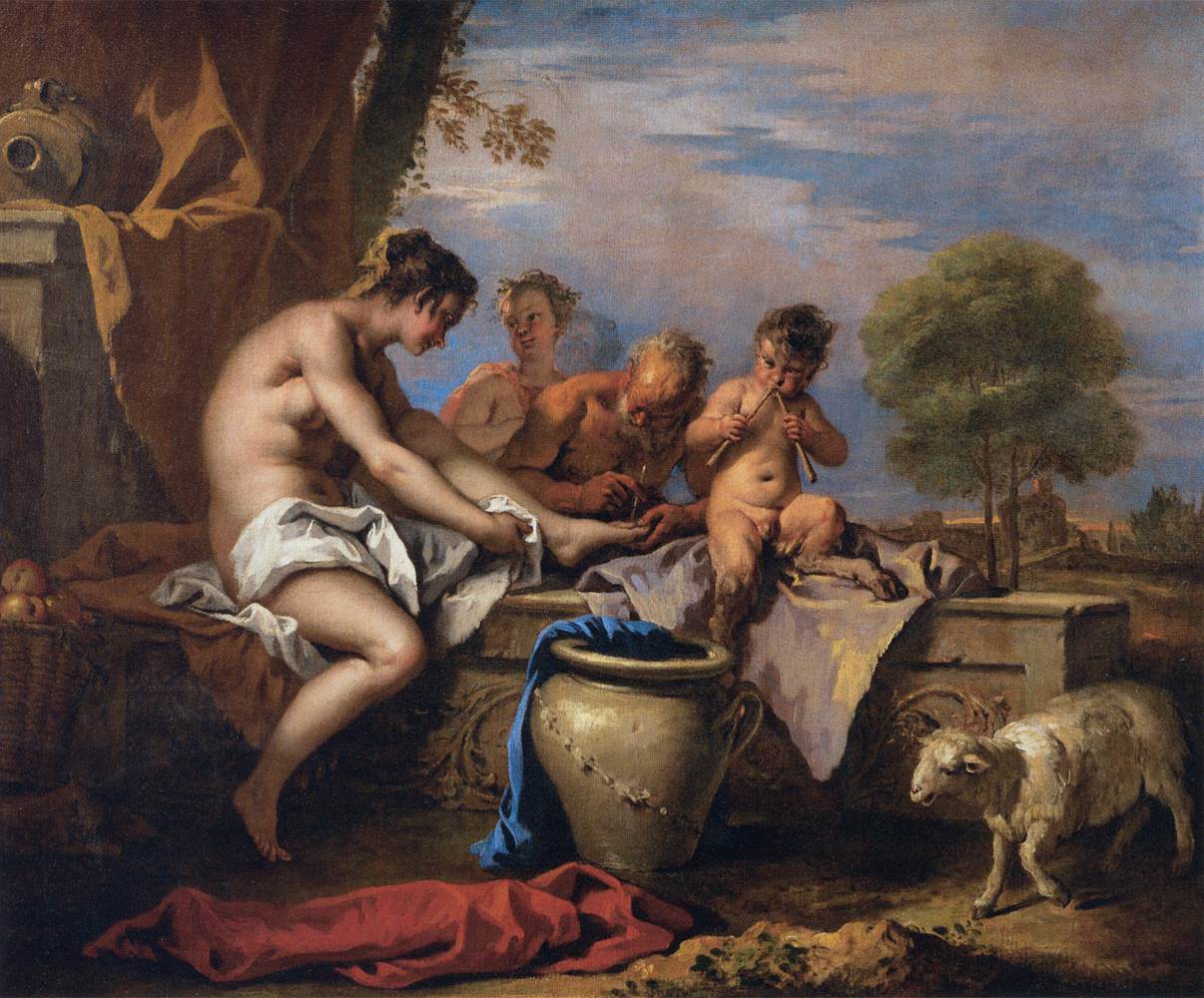
Sebastiano Ricci, an Italian painter, was a significant figure in the late Baroque school of Venice. He moved to Venice at age 12 and was apprenticed to Federico Cervelli. His work took him across Italy and abroad to England and France, where he left his mark with grand decorative paintings and altarpieces that bridged the late Baroque and emerging Rococo styles.
Sebastiano Ricci's style evolved over the years, showing influences from various regions and artists. In Bologna, he was drawn to the Carracci tradition, while in Parma, he absorbed the color sensibilities of Correggio and Parmigianino. His Roman period allowed him to study the works of Baroque decorators, further refining his decorative and coloristic skills. By the time he returned to Venice, Ricci had developed a mature style that incorporated lessons from his travels, particularly from Paolo Veronese.
His works often depicted mythological and religious themes, filled with dynamic compositions and rich color schemes. Notably, his international commissions included decorative schemes for the Royal House of Savoy and significant works in England, where he collaborated with his nephew Marco Ricci. These contributions solidified his reputation across Europe.
Sebastiano Ricci's legacy is seen in his influence on later Venetian painters and his role in transitioning Venetian art from the Baroque to the Rococo. His works remain celebrated for their vibrancy, expressive light, and inventive compositions, holding a prominent place in the collections of major museums worldwide.
For collectors and art enthusiasts, Sebastiano Ricci's works offer a glimpse into a pivotal moment in art history, where the grandeur of the Baroque began to blend with the lighter, more playful elements of the Rococo. His paintings are not only visually stunning but also rich in historical context, reflecting the cross-currents of European art in the early 18th century.
To stay updated on exhibitions and sales featuring Sebastiano Ricci's works, consider subscribing to updates from art institutions and auction houses. This way, you'll be informed about opportunities to view or acquire pieces by this influential artist.
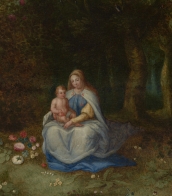
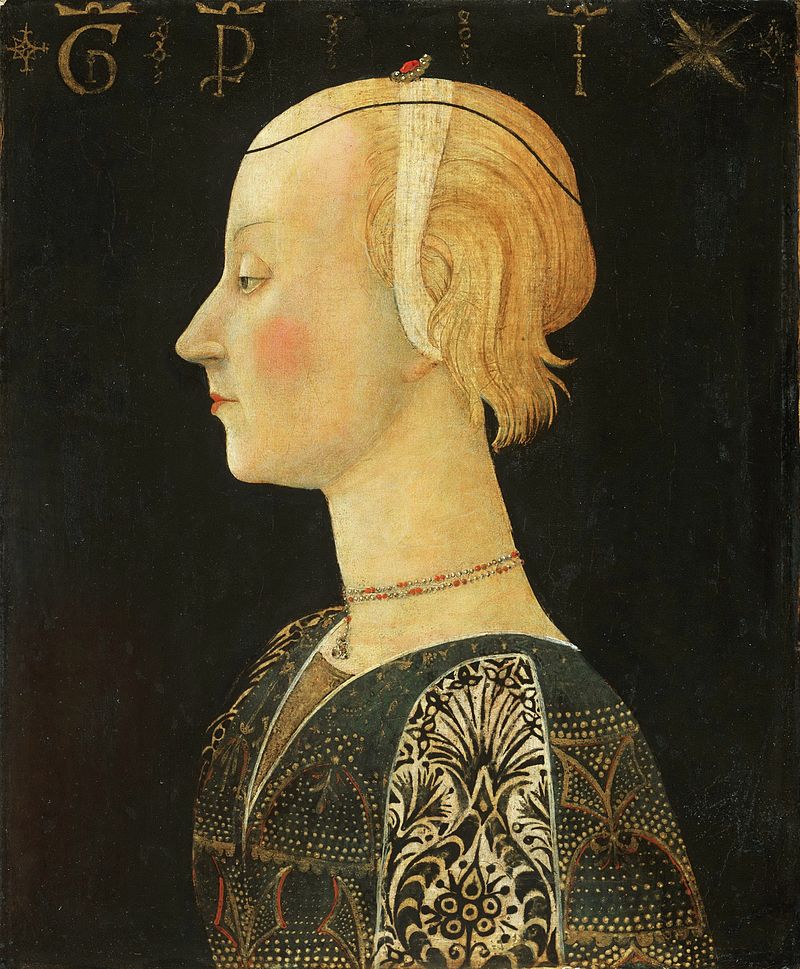
Giovanni di Ser Giovanni Guidi, more famously known as Scheggia, was an Italian painter whose contributions to the arts during the Renaissance period have carved him a distinct niche in art history. Born in Italy, Scheggia was a craftsman of narrative and decorative painting, specializing in altarpieces, cassone panels, and birth trays, which were popular in Florentine culture for their intricate storytelling and detailed artistry.
Scheggia is perhaps best known for his lively and detailed panels that graced the fronts of marriage chests, known as cassoni. These pieces were celebrated for their vivid depictions of allegorical and mythological scenes, showcasing Scheggia's skillful use of color and composition to bring tales to life. His work not only adorned the homes of the wealthy but also served as a testament to the rich cultural and artistic fervor of Renaissance Florence.
One of Scheggia's most notable works, the "Madonna of Humility with Angels," showcases his ability to blend divine and earthly realms in a harmonious composition that speaks volumes of his mastery over form and space. This, among other works by Scheggia, can be admired in museums across Italy, offering a glimpse into the vibrant Renaissance art scene.
For collectors and experts in art and antiques, Giovanni di Ser Giovanni Guidi represents an intriguing exploration into the less-trodden paths of Renaissance art. His paintings are a celebration of the era's innovative spirit, offering insights into the everyday lives, cultural practices, and artistic achievements of the time.
To delve deeper into the world of Renaissance art and uncover the gems of Giovanni di Ser Giovanni Guidi's legacy, signing up for updates is an essential step. This subscription ensures that enthusiasts and collectors are the first to know about new discoveries, exhibitions, and auction events related to Scheggia's work, providing exclusive opportunities to enrich their appreciation and collections of Renaissance art.
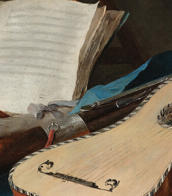

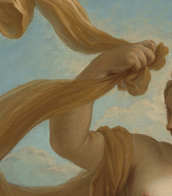
.jpg)
Hubert Robert was a renowned French artist, celebrated for his captivating landscape paintings and architectural fantasies. Born in Paris in 1733, Robert's talent was nurtured early on, thanks to the patronage of the Choiseul family. His journey to Rome in 1754 marked a pivotal phase in his career, where he immersed himself in studying ancient and modern Italian architecture, significantly influencing his artistic style.
Hubert Robert's work is characterized by its romantic depiction of ruins, blending fantasy with historical accuracy, which earned him the nickname "Robert des Ruines." His landscapes and capricci, which are imaginative compositions of architectural elements, resonated with the art collectors and the aristocracy of his time, securing his place as a key figure in French art history.
Noteworthy are Hubert Robert's contributions to the design of picturesque gardens, where he provided atmospheric visions rather than practical layouts. His involvement in the creation of gardens at places like Ermenonville and Méréville showcases his ability to merge art with nature, creating spaces that were both innovative and inspirational.
His artworks, such as "The Port of Rome" and "The Old Bridge," are treasured in prestigious galleries worldwide, reflecting his enduring legacy in the realm of art and culture. For art collectors and experts, Hubert Robert's oeuvre offers a window into the 18th-century artistic landscape, where imagination and historical elements coalesce to form compelling visual narratives.
For updates on exhibitions and auction events related to Hubert Robert's works, sign up to stay informed about new discoveries and opportunities to appreciate the artistry of this exceptional French painter.
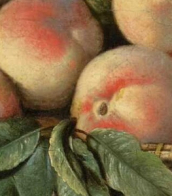
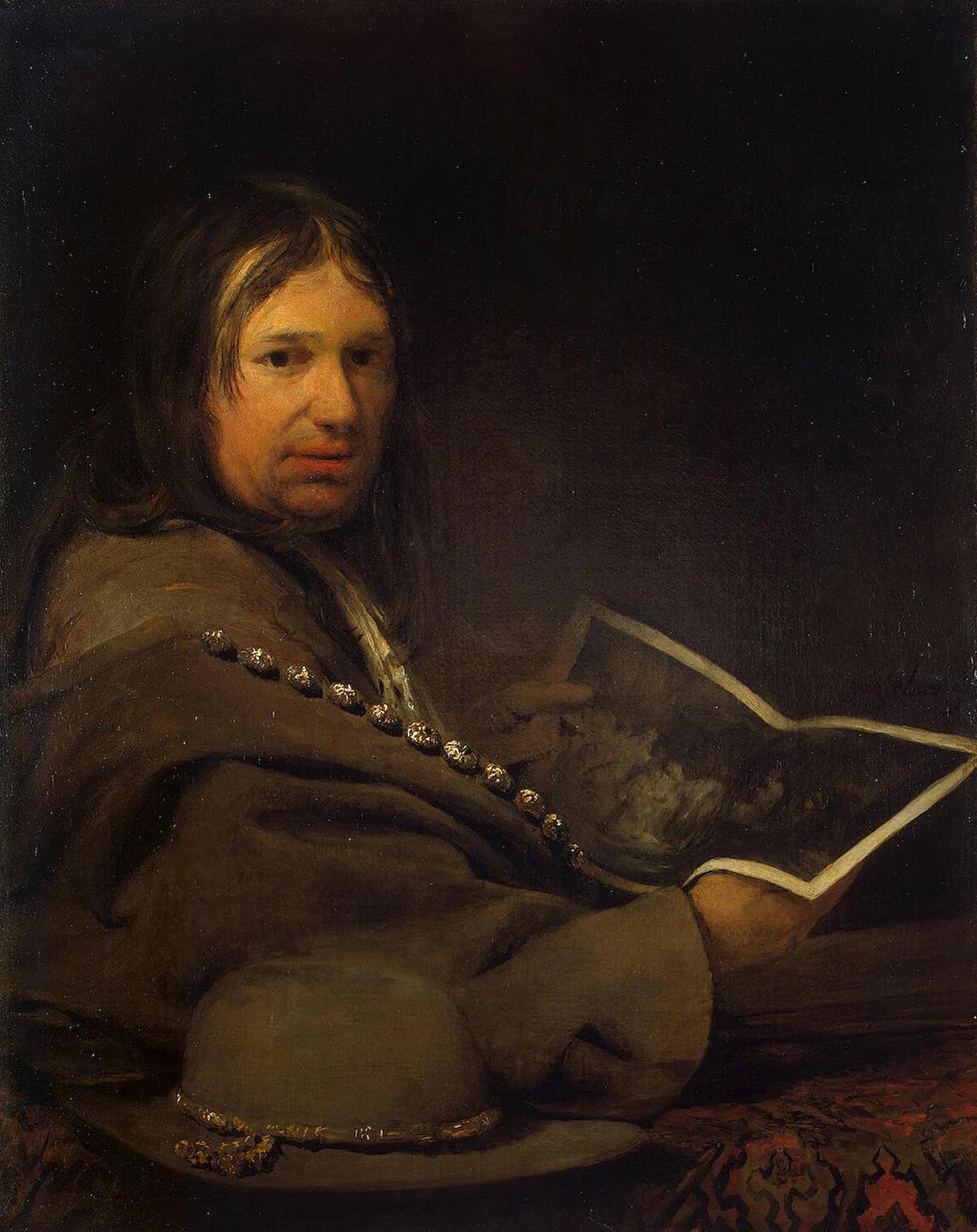
Aert de Gelder was a Dutch painter. He was the only Dutch artist to paint in the tradition of Rembrandt's late style into the 18th century.
As author of biblical scenes and portraits his style was inspired by Rembrandt's, using his artistic ideas, well into the 18th century, without being influenced by contemporary new fashions. From the artistic point of view his work can not be considered as passive imitation of the master; indeed, it stands for inventiveness in the narrative, taste for the theatrical and a strong emotional charge of the characters. All these traits made him one of the most important interpreters of Dutch painting of the late seventeenth century.
